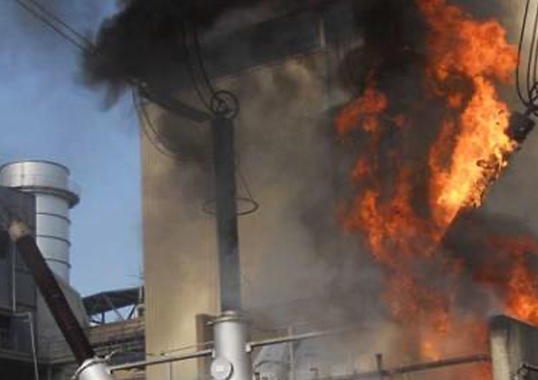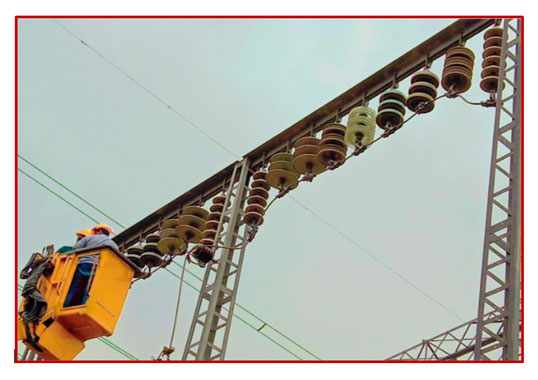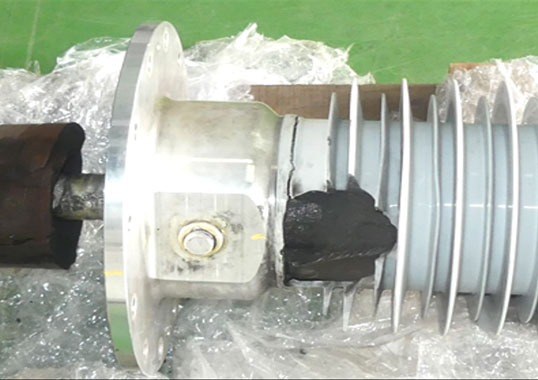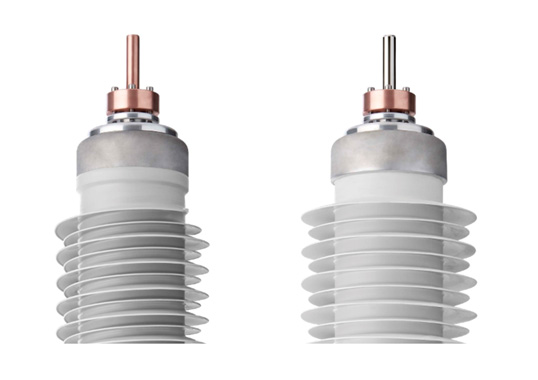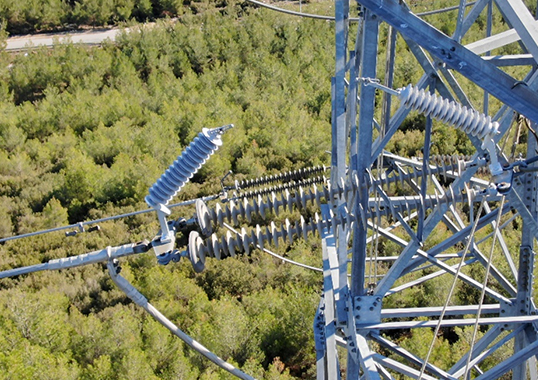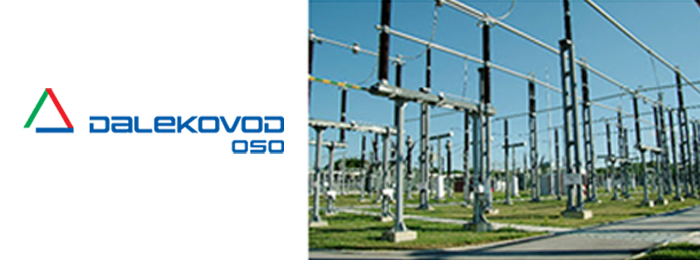Synthetic Dry Type Bushings Applied to HV Transformers & Reactors by Arturo Del Rio
Bushings on power transformers provide a central passage for a conductor for the purpose of insulating it from the grounded tank and conducting current from the air side to the liquid immersed side. While transformer bushings are well-established devices, investigation of transformer failures point to bushings and their operating conditions as causing a high percent of unplanned outages and transformer failures. New developments in bushing technologies and materials aim to address these issues. Bushings for transformers and other applications evolved from simple hollow insulators made of porcelain to more elaborate engineered designs. For example, when voltage levels increased, technologies such as capacitance grading and resin-bonded paper bushings were developed. When RBP technology reached its limits, other technologies such as oil-impregnated paper and resin-impregnated paper emerged. As RIP technology becomes more widespread and its reliability better demonstrated, utilities in the U.S. and IEEE market continue to adopt this dry-type bushing technology as a preferred solution, especially for high and extra high voltages. Most recently, the crepe paper used in RIP cores is being replaced by a polyester synthetic material. This presentation focuses on air-to-oil bushings using resin-impregnated synthetic as the main insulation and applied in power transformer and shunt reactor applications up to 550 kV systems.

